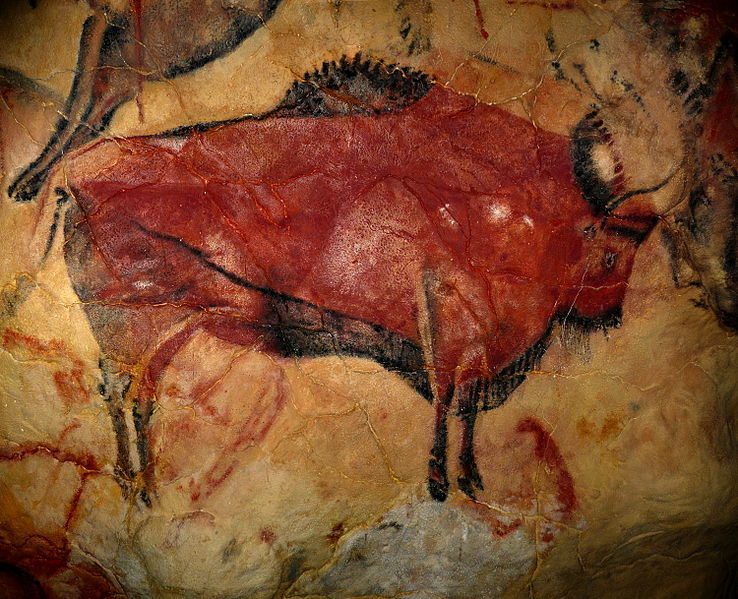What's it all about?
 Thursday, February 14, 2013 at 10:53AM
Thursday, February 14, 2013 at 10:53AM

I wrote my first thank you letter in either grade one or two. An aunt in England used to send me a book every Christmas, wrapped in brown paper and tied with thin cotton string. We didn’t have a lot of relatives and she was the only one who sent presents, so my gratitude was heartfelt.
Word count: 329 Reading time: 1-2 minutes
I never did meet this great aunt, this sister of someone married to someone related to my father. She was a stranger in a faraway land and I studied her neat handwriting and wondered at the magic that connected us. The annual event of her gift spurred a tradition that became a lifelong habit of letter writing.
This habit peaked when I moved to Australia in 1987. In those pre e-mail days in Melbourne and Sydney, I wrote 8 to 10 letters a week. Which leads me to wonder, why did I write so profusely? I’ll let Anne Lamott answer that: [I] was desperate to communicate, to edify or entertain, to preserve moments of grace or joy or transcendence, to make real or imagined moments come alive. (Bird by Bird)
Long before written language evolved, people sought to record their stories, first in cave paintings and then, 10,000 years later, in petroglyphs.
Laying down our stories has been a part of human psyche for a long time. Maybe we do this because of the reasons articulated by Natalie Goldberg in Writing Down the Bones, “[…] the secret ego truth is I want to live eternally and I want my people to live forever. I hurt at our impermanence, at the passing of time. […] I write out of hurt and how to make hurt okay; how to make myself strong and come home and it may be the only real home I’ll ever have.”
What are your memories of your earliest writing? What drives you to keep writing now? Do you know young people and what do you do to encourage their literacy?
***
Painting of a bison in the cave of Altamira photo by: Ramessos


